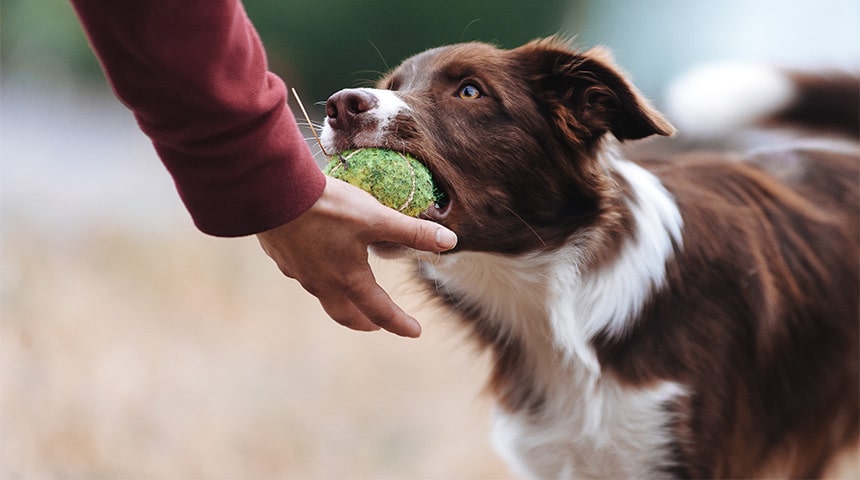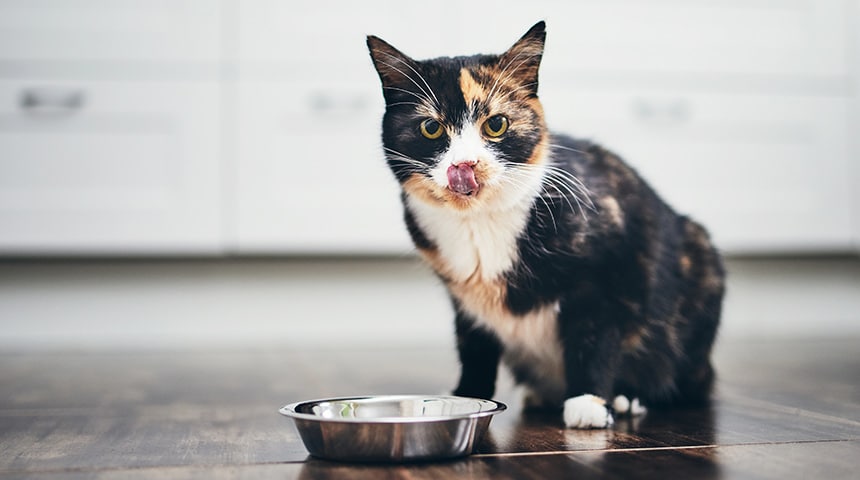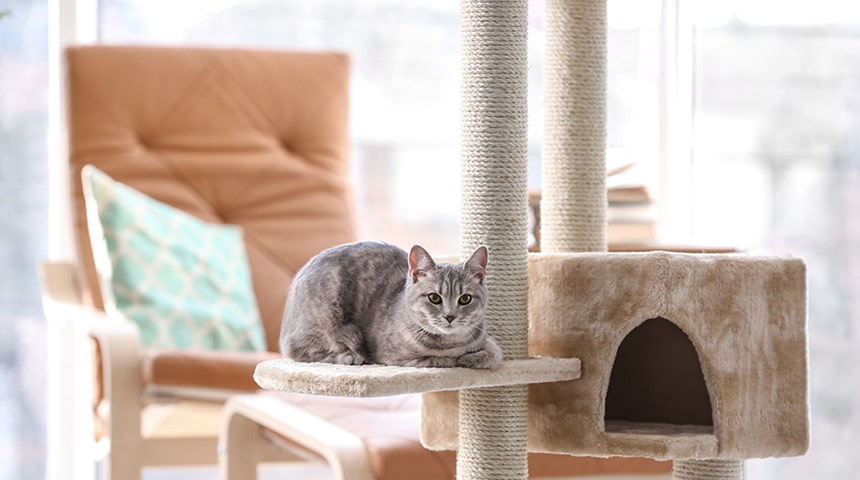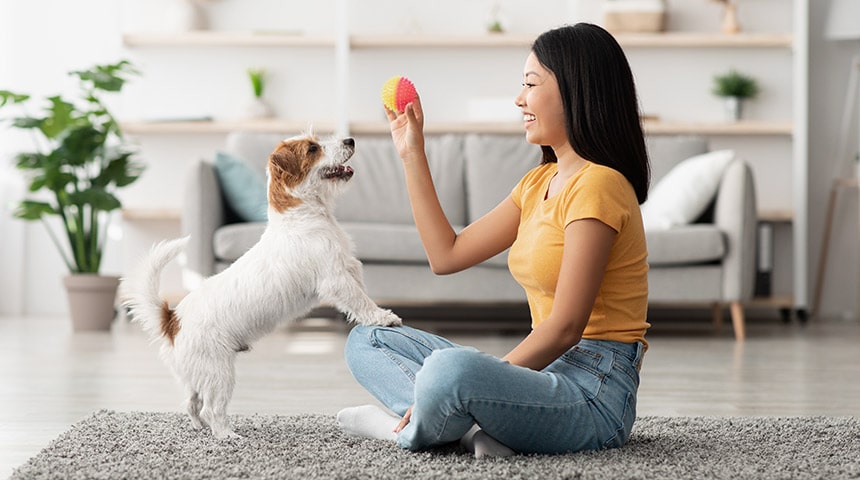Why should you follow a group obedience course with your dog when we can train him yourself?
The major causes of disobedience in your dog are misunderstanding, confusion, lack of reinforcement and inconsistency. In a group class, you are taught how to understand your dog and his way of thinking. It is very important to know how to communicate effectively with your pet if you want to achieve the desired result.
Socialization: In group classes, the dog learns to socialize well with other dogs, not to get too excited and to channel his excess excitement. He is taught to behave well with humans, but also with his animal brothers and sisters.
Leadership: Exercise your leadership and strengthen your complicity with your companion. Also learn how to guide your pet, so he understands what you expect from him. That’s how you will make him a good canine citizen!
Self-discipline and self-control: Your walks on a leash go very well until your dog sees a cat crossing the street? It is possible to teach him self-control in distracting situations, such as other dogs and animals, toys, noises and food.
Unfortunately, dogs that do not follow obedience classes have a greatly diminished life expectancy: they often develop behavioral problems that could lead them straight to shelters or worse, to euthanasia.









